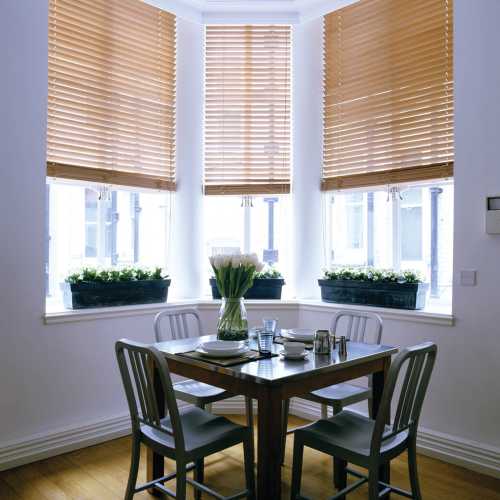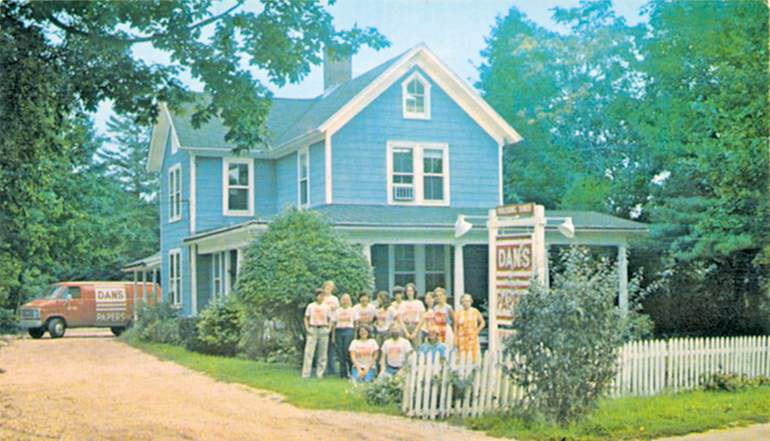An inviting backyard can serve as a welcome retreat from the hustle and bustle of daily life. After a long day at the office or an exhausting day spent transporting kids to and fro, it’s hard to resist the allure of a peaceful outdoor space in which to unwind. Privacy is a key component of any backyard oasis, but many suburban homeowners need to tweak their landscapes if they hope to create a private outdoor space.
Most homeowners looking to create more privacy on their property must choose between fencing and planting. Fencing provides immediate privacy because, once it’s installed, no one can see into the yard. Fencing also doesn’t require watering or other immediate upkeep, which will be necessary when planting to ensure tree roots can establish themselves. But planting has its benefits as well.
Planting for privacy is essentially creating a living fence that can grow over time and provide even more privacy as trees reach maturity. Plants also tend to be less costly than fencing. Large, mature trees can be expensive, though it’s unlikely they will cost as much as fencing. In addition, fencing requires more maintenance and will potentially need to be replaced, while native trees won’t require much upkeep and can last for generations.
Homeowners who choose to plant for privacy will next have to decide which type of plants to add to their properties. Evergreens provide year-round privacy because they don’t shed their leaves, so these are the ones most often chosen when creating a living fence. A number of varieties of evergreen trees can do the job, but it’s important that homeowners consult with a landscape architect prior to choosing trees so they can ensure the trees will thrive when faced with the growing conditions on their properties.
Leyland Cypress: The Arbor Day Foundation notes that the Leyland Cypress is popular for hedges and boundaries, likely because a typical tree reaches a mature height of 60–70 feet and can spread as wide as 20 feet. The Leyland grows fast, which appeals to homeowners who can’t wait to establish privacy.
Green Giant Arborvitae: There are different varieties of the arborvitae, but the Green Giant tends to be the go-to option for privacy. The ADF notes that Green Giants will grow up to 3 feet per year until they reach maturity, providing a fast-growing option for privacy planters. The Green Giant can spread as wide as 20 feet at maturity, which is another attribute that makes it popular among homeowners.
Eastern White Pine: The ADF notes that the Eastern White Pine, which can reach heights of up to 80 feet, is favored in spacious yards. That’s likely due to its height and potential spread, which can reach 40 feet. Homeowners who choose the Eastern White Pine might like it for its resemblance to a Christmas tree, and, in fact, it’s widely used for that purpose. The privacy provided by this pine is significant, but it might be best suited to especially large properties.
Whether it’s fencing or planting, homeowners have many options to consider as they seek to create more privacy on their properties.
For more home improvement articles, click here.





















